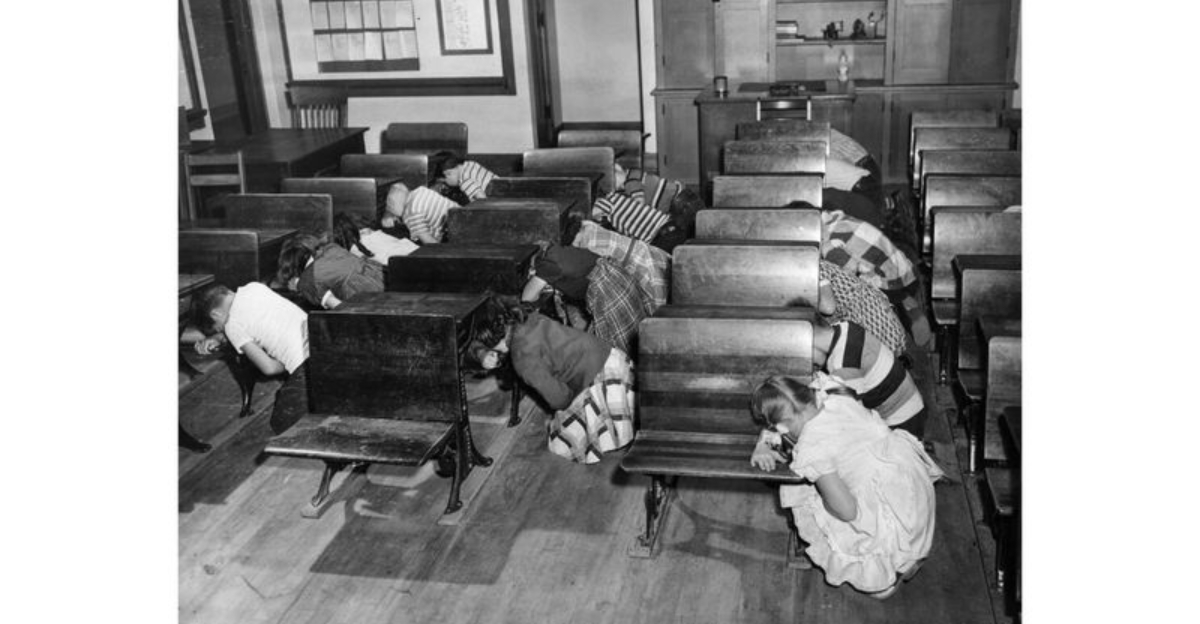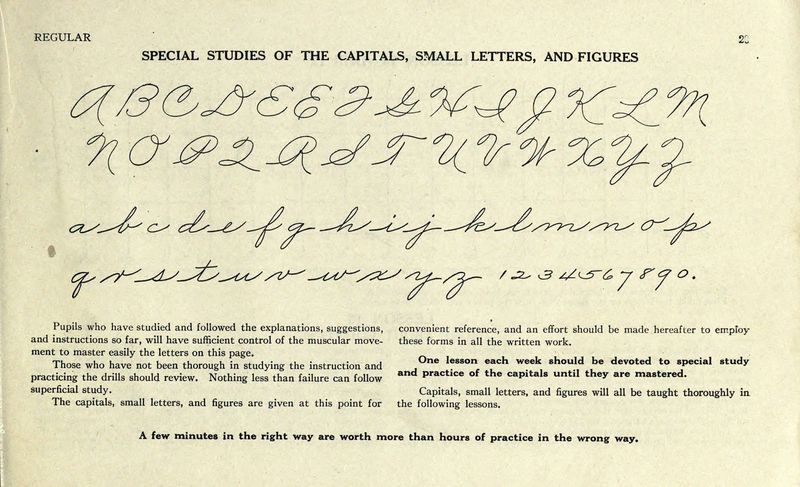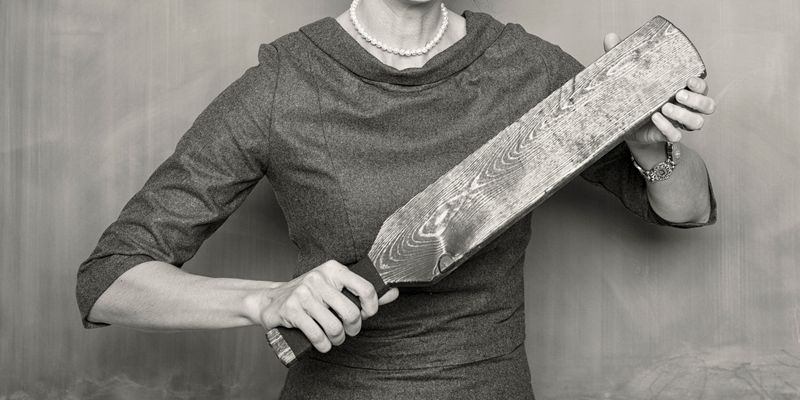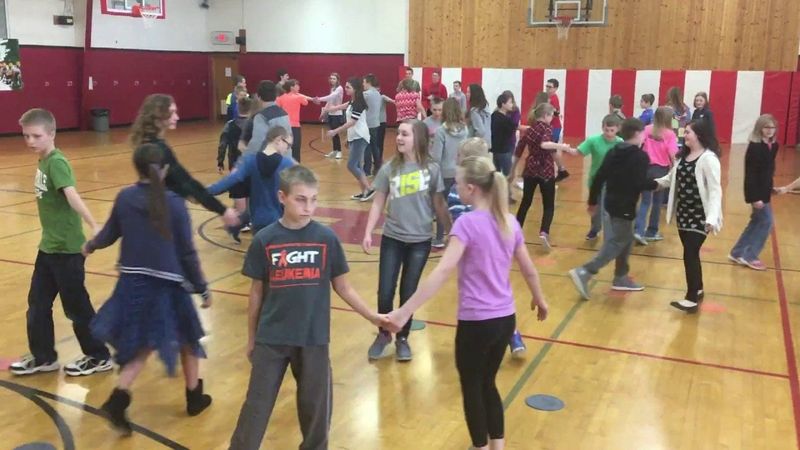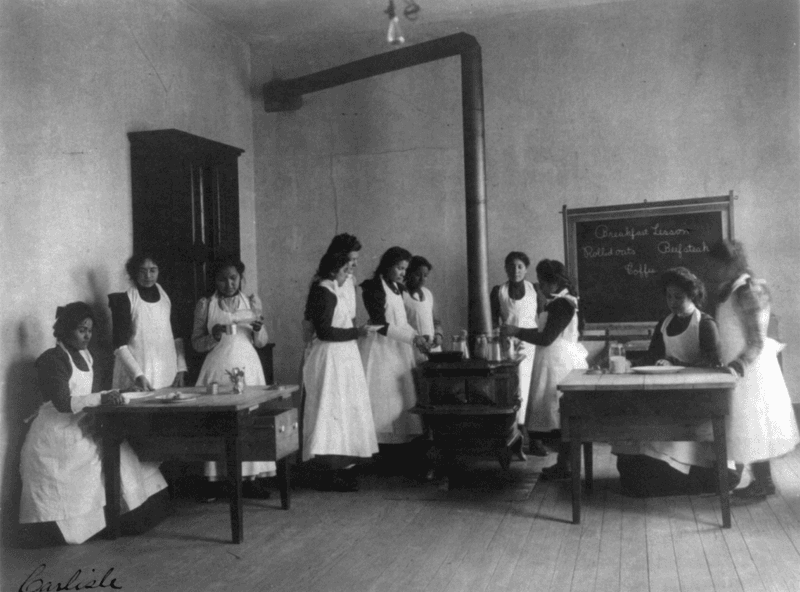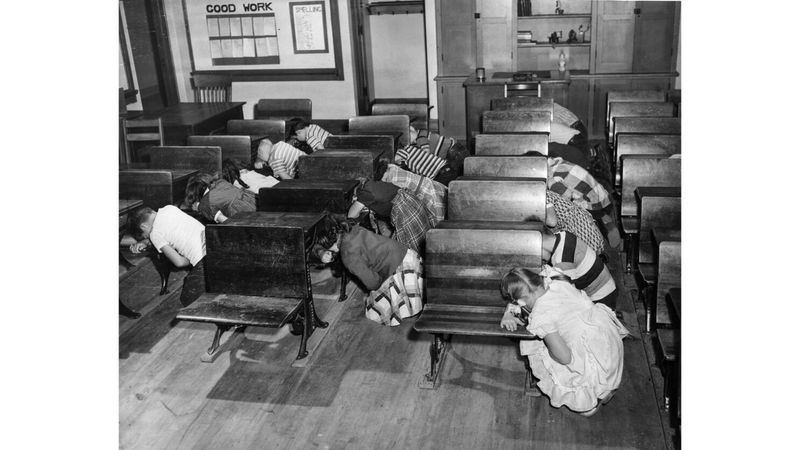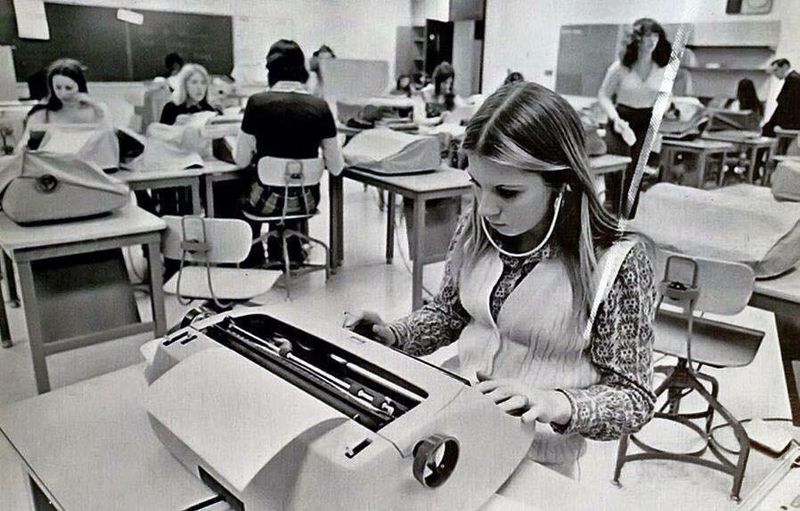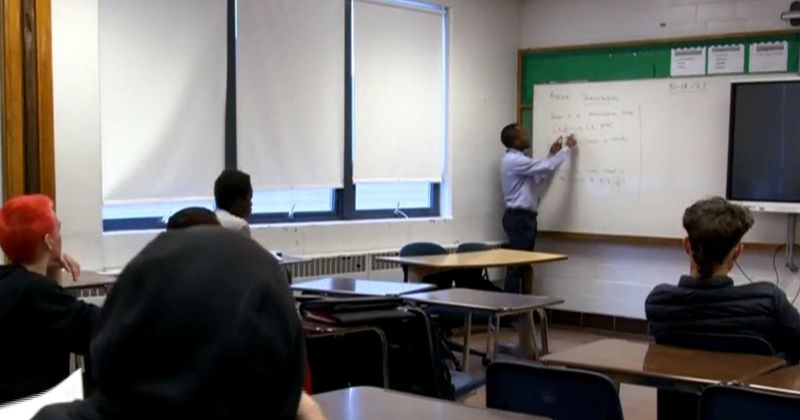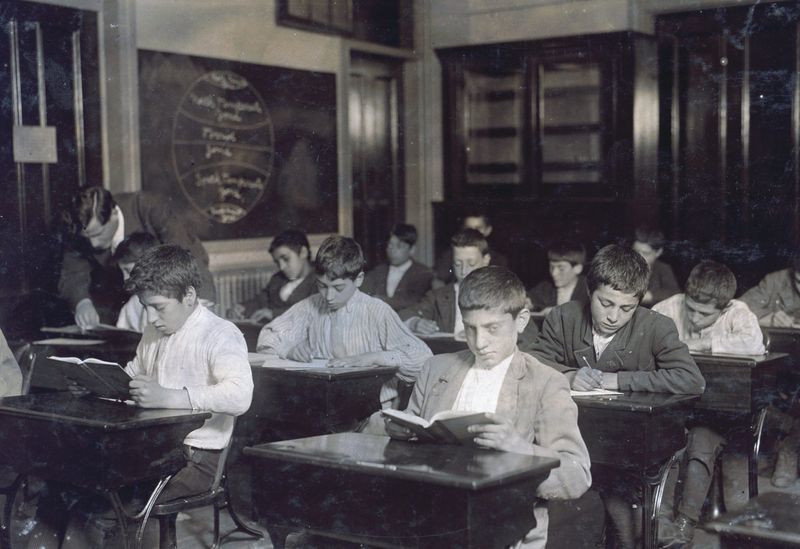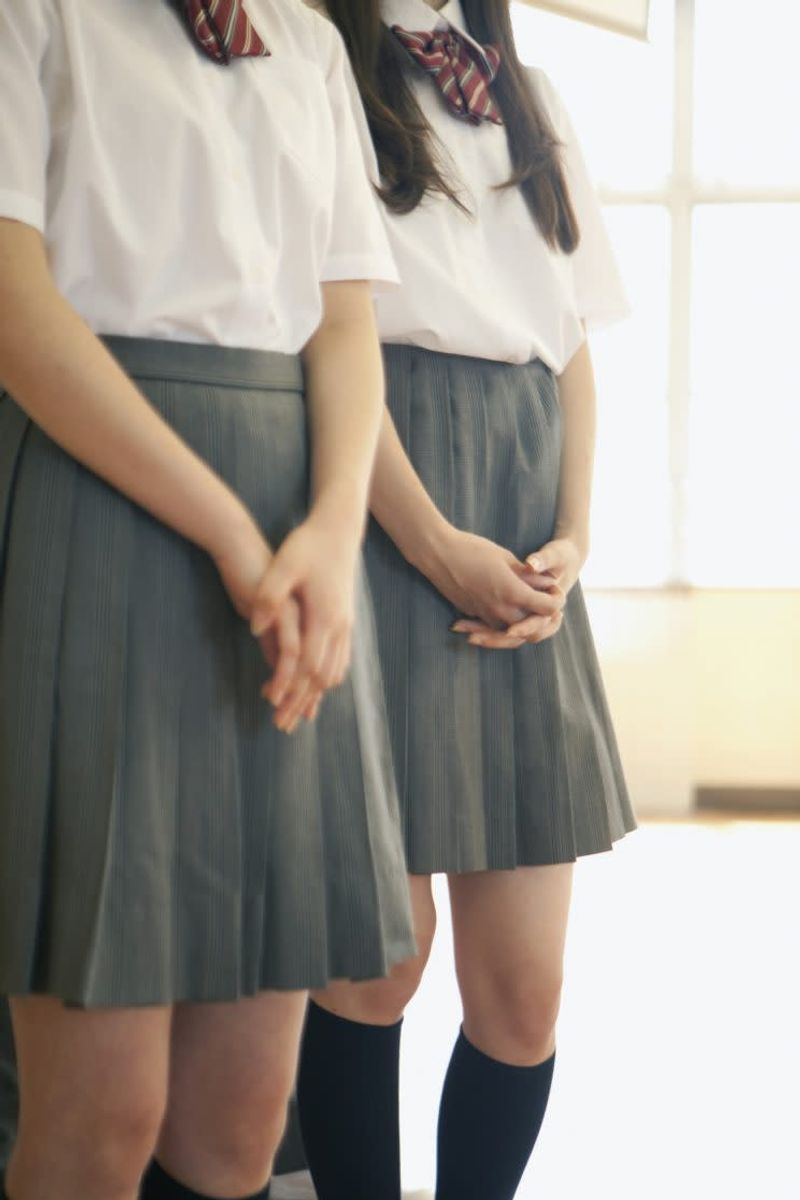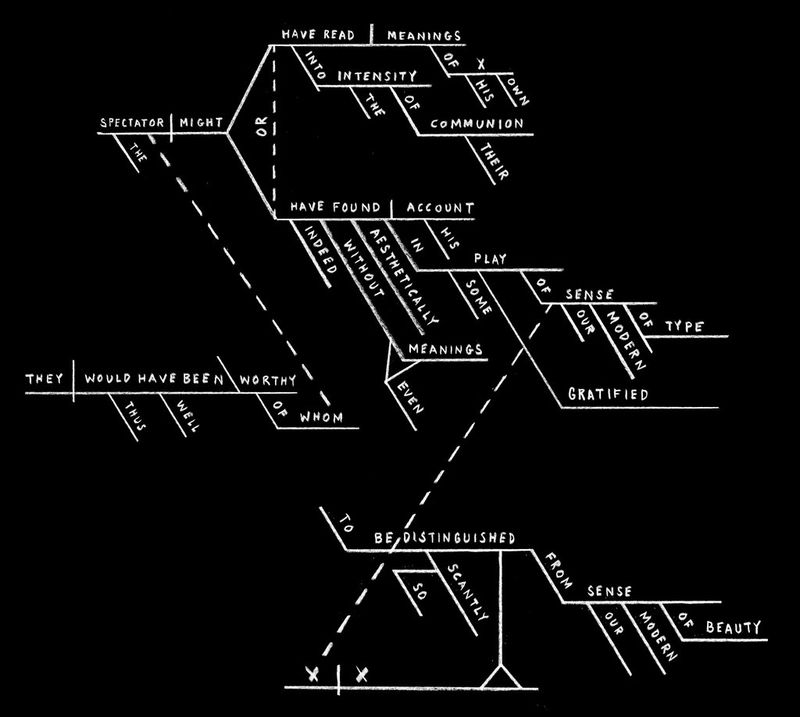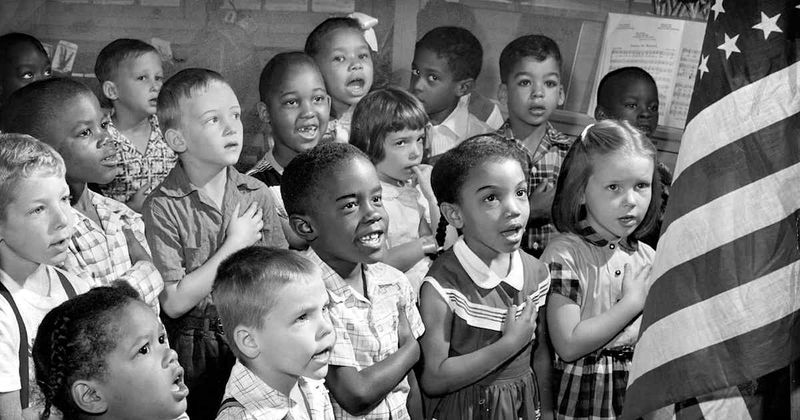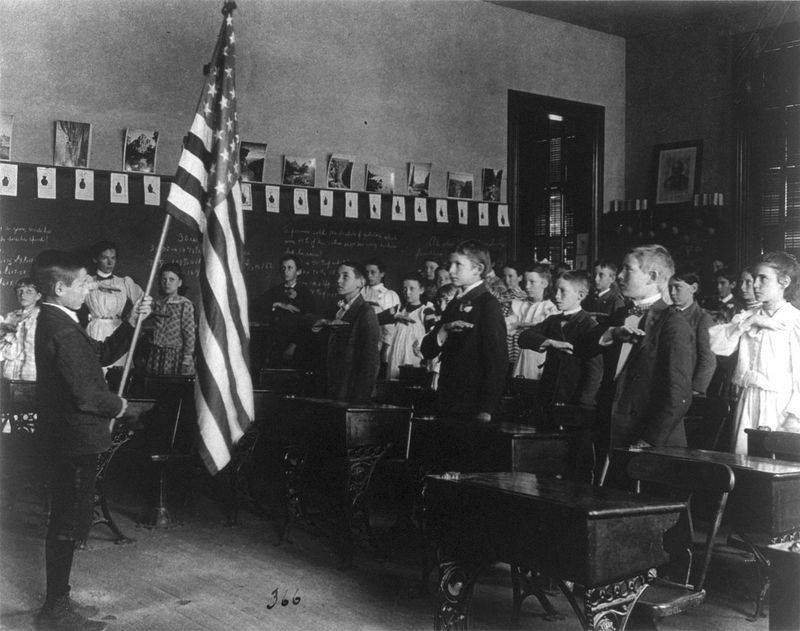American schools have evolved dramatically over the decades, leaving behind practices that once seemed essential but now appear outdated or even harmful. From disciplinary methods to curriculum requirements, education has thankfully moved forward. Looking back at these abandoned school traditions reveals how our understanding of effective learning has changed for the better.
1. Mandatory Cursive Handwriting Drills
Hours spent tracing perfect loops and swirls once dominated elementary classrooms across America. Students developed hand cramps while teachers scrutinized every imperfect letter.
Today’s digital world has rendered these painstaking exercises largely obsolete. While some argue cursive builds neural pathways, most schools have replaced those endless practice sheets with keyboarding skills and creative writing.
The occasional student still learns this flowing script, but the pressure and perfectionism that accompanied mandatory cursive has disappeared – along with the tears of frustration from children whose motor skills weren’t quite ready for such precision.
2. Paddling and Corporal Punishment
Wooden paddles hung ominously in principals’ offices nationwide, serving as both threat and disciplinary tool. Students trembled at the phrase “wait until the principal hears about this” knowing physical pain might follow misbehavior.
Remarkably, corporal punishment remains technically legal in 19 states, though its practice has dramatically declined. Research consistently shows these methods create fear rather than respect, while teaching children that violence solves problems.
Modern disciplinary approaches focus on restorative justice and understanding behavior’s root causes. Most educators now recognize that hitting children contradicts everything schools should represent: safety, respect, and appropriate conflict resolution.
3. Mandatory Square Dancing Units
“Bow to your partner, dosey-doe!” These commands echoed through gymnasiums nationwide during required square dancing units that somehow became standard physical education curriculum. The origins? A 1920s campaign by Henry Ford (yes, the car manufacturer) to counter what he considered dangerous jazz dancing.
Students shuffled awkwardly in forced partnerships while physical education teachers called movements through crackling record players. For shy kids or those lacking coordination, these weeks became pure social torture.
Modern PE programs now emphasize lifetime fitness activities and inclusive games rather than specialized dances that most students will never perform outside school walls.
4. Memorizing the Entire Periodic Table
Science classrooms once rang with the monotonous chanting of element symbols and atomic numbers. Students spent countless hours memorizing information they could easily reference, without understanding the underlying concepts.
Chemistry teachers assigned periodic table memorization as though periodic elements were spelling words. Pop quizzes struck terror as students struggled to remember if Antimony was Sb or Sn, despite never learning why these elements mattered in real-world contexts.
Modern science education emphasizes conceptual understanding over rote memorization. Today’s students learn how elements interact and why they matter, consulting the table as a tool rather than treating it as a memory test to be conquered.
5. Gender-Segregated Home Economics and Shop Classes
Girls learned to bake perfect muffins while boys hammered together birdhouses in strictly divided classes that reinforced rigid gender roles. Home economics prepared young ladies for domestic duties while industrial arts trained future breadwinners.
Breaking these boundaries meant administrative intervention and social ridicule. A boy interested in cooking or a girl wanting to build faced an uphill battle against institutional barriers.
Modern schools offer life skills and technical courses to all students regardless of gender. Today’s teenagers can choose electives based on personal interests and future plans, learning that competency matters more than conforming to outdated gender expectations.
6. Duck and Cover Nuclear Drills
The animated turtle Bert instructed children to “duck and cover” when the bright flash of nuclear annihilation appeared. Students practiced hiding under wooden desks, somehow expected to survive atomic blasts through this flimsy protection.
Cold War tensions transformed ordinary school days into anxiety-producing exercises in futility. Children developed nuclear nightmares while adults pretended these drills offered meaningful safety rather than psychological comfort.
Schools have replaced these questionable practices with evidence-based emergency protocols for realistic threats. Modern safety drills address actual dangers without traumatizing children with scenarios where simple actions couldn’t possibly save them.
7. Manual Typewriter Classes
Fingers poised precisely over ASDF and JKL; keys, students practiced rhythmic typing on clunky manual machines. The classroom symphony included clacking keys, dinging bells, and the distinctive whoosh of carriage returns.
Mistakes required messy correction fluid or starting over entirely. Speed tests induced panic as students raced against classmates and timers, while teachers patrolled rows checking for proper form and finger placement.
While typing skills remain essential, the rigid formality and mechanical constraints have vanished. Today’s students develop digital fluency across multiple devices and platforms, learning adaptable skills rather than muscle memory tied to obsolete technology.
8. Handwritten Absence Notes
Forget your parent’s signature and face the consequences! Students scrambled to produce wrinkled excuse notes after absences, often resulting in dramatic showdowns at the attendance office.
Forged signatures became an underground art form as desperate students attempted to avoid unexcused absence penalties. The system created needless bureaucracy while teaching questionable lessons about trust and responsibility.
Digital attendance systems have streamlined this process through parent portals and electronic verification. Modern schools maintain attendance records without the paper chase, recognizing that documentation shouldn’t create additional barriers for students returning after illness or family emergencies.
9. Silent Reading with Extreme Rules
Library periods transformed into militaristic exercises where even shifting in your seat might earn reprimands. Librarians and teachers monitored for the slightest infraction – whispering, giggling, or worst of all, selecting an “inappropriate” book level.
Students faced anxiety rather than developing genuine reading enjoyment. The rigid atmosphere contradicted everything we know about fostering literacy, creating negative associations with books instead of nurturing curiosity.
Contemporary reading programs emphasize choice, comfort, and engagement over silence and stillness. Modern educators recognize that some students focus better with gentle movement or background noise, while reading materials should match interests rather than arbitrary level assignments.
10. Agricultural Skills for All Students
Urban teenagers found themselves inexplicably learning to milk cows and judge livestock quality regardless of their career aspirations or geographic realities. Rural agricultural traditions dominated curricula nationwide through mandatory agriculture education and FFA participation.
Students memorized soil types and plant diseases while wondering how this knowledge would serve their future lives in cities and suburbs. The one-size-fits-all approach failed to recognize America’s shifting demographics and diverse student needs.
Today’s career education offers relevant pathways aligned with student interests and economic realities. Agricultural education remains valuable but is appropriately optional, allowing students to pursue studies connected to their actual environments and aspirations.
11. Overly Restrictive Dress Codes
Measuring skirt lengths with rulers and policing collar styles created daily power struggles between students and administrators. Girls particularly faced scrutiny, often missing class time for arbitrary violations like visible collarbones or shoulders.
Schools justified these practices as “preparing students for professional environments” despite enforcing standards stricter than most workplaces. The focus on appearance diverted attention from actual learning while teaching troubling lessons about body policing and gender discrimination.
Many modern schools have adopted reasonable, gender-neutral dress guidelines that respect student expression while maintaining appropriate standards. The shift recognizes that comfort, practicality, and respect matter more than enforcing outdated notions of “proper” attire.
12. Sentence Diagramming Exercises
Chalkboards filled with elaborate branch-like structures as students struggled to map sentences into abstract visual representations. English teachers insisted this tedious practice would somehow improve writing, despite little evidence supporting the claim.
Students spent hours labeling parts of speech and drawing precise lines while developing no practical communication skills. The exercise favored analytical thinkers while disadvantaging students with different learning styles.
Contemporary language arts emphasizes authentic writing for real purposes and audiences. Modern educators recognize that understanding how language functions matters more than creating visual puzzles that students promptly forget after exams.
13. Mandatory Daily Pledge of Allegiance
Every morning began the same way: standing beside desks, hands over hearts, reciting words many students didn’t fully understand. The daily ritual continued regardless of personal beliefs or philosophical objections.
Students who remained seated faced peer pressure and sometimes disciplinary action, despite Supreme Court rulings protecting their right to abstain. The exercise often became meaningless through sheer repetition, defeating its patriotic purpose.
While many schools still include the Pledge, increasing numbers recognize that genuine patriotism develops through civic education and meaningful engagement rather than compulsory recitation. Respecting students’ constitutional rights teaches more about American values than forcing participation in symbolic gestures.
14. Forced Right-Handed Writing
Left-handed students endured having their natural hand tied down or slapped when reaching for pencils. Teachers insisted right-handed writing was proper, often citing dubious moral or religious justifications for this painful conversion therapy.
The practice caused psychological distress while creating practical problems – smudged papers, awkward grips, and decreased writing fluency. Many students developed stutters or other difficulties as their brains struggled against this neurological interference.
Modern education recognizes and accommodates natural handedness differences. Today’s classrooms offer left-handed scissors and desks, while teachers understand that forcing hand conversion can cause lasting harm to developing brains.
15. Weekly Patriotic Song Assemblies
Friday mornings meant filing into auditoriums for mandatory singing of “America the Beautiful,” “My Country ‘Tis of Thee,” and other patriotic standards. Music teachers desperately tried to conduct while adolescent voices cracked and mumbled through forgotten lyrics.
These assemblies consumed instructional time while creating more embarrassment than national pride. Students associated patriotism with boredom rather than developing genuine appreciation for civic values.
Contemporary schools incorporate patriotic elements more meaningfully through history lessons, civics education, and optional choir performances. The shift recognizes that patriotism flourishes through understanding and choice rather than compulsory group singing.
